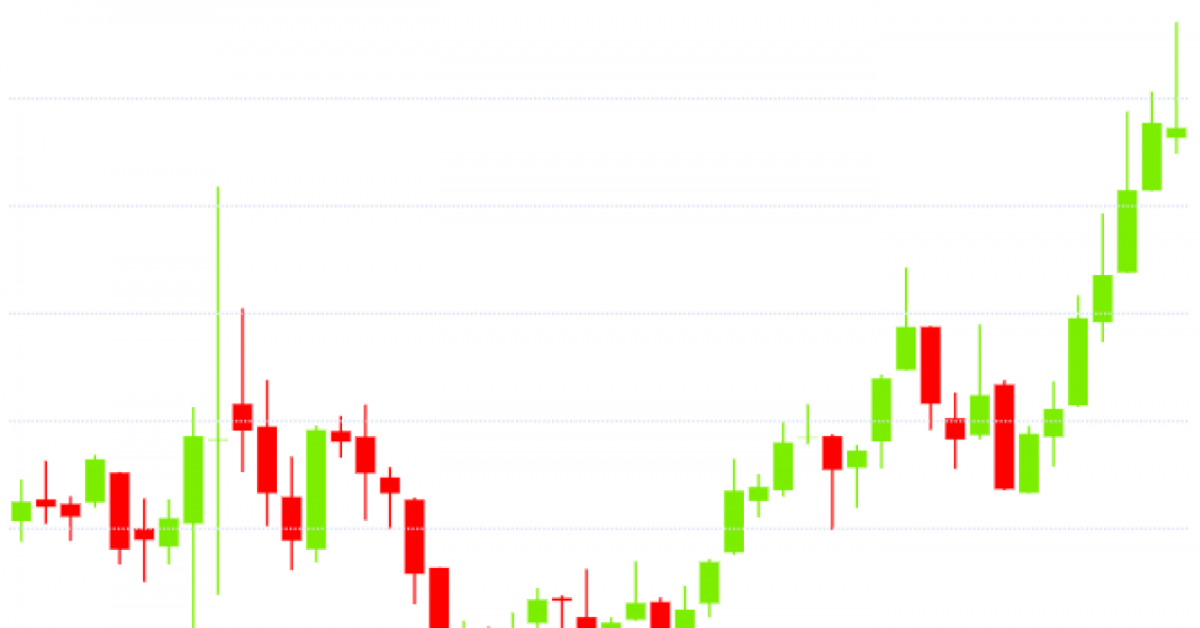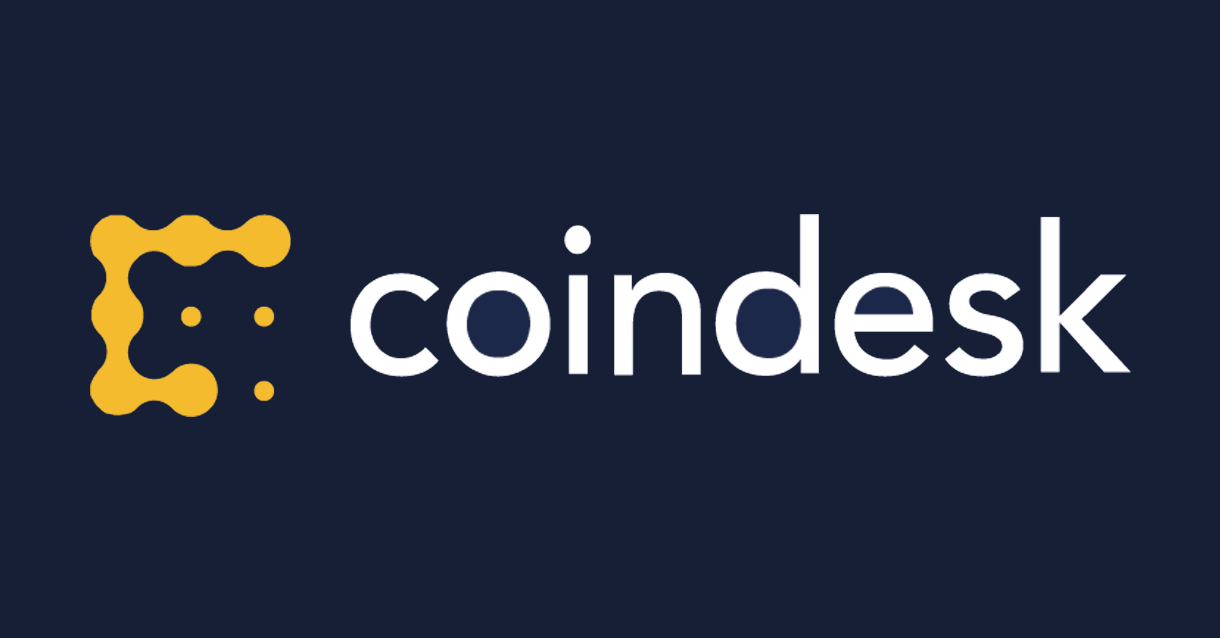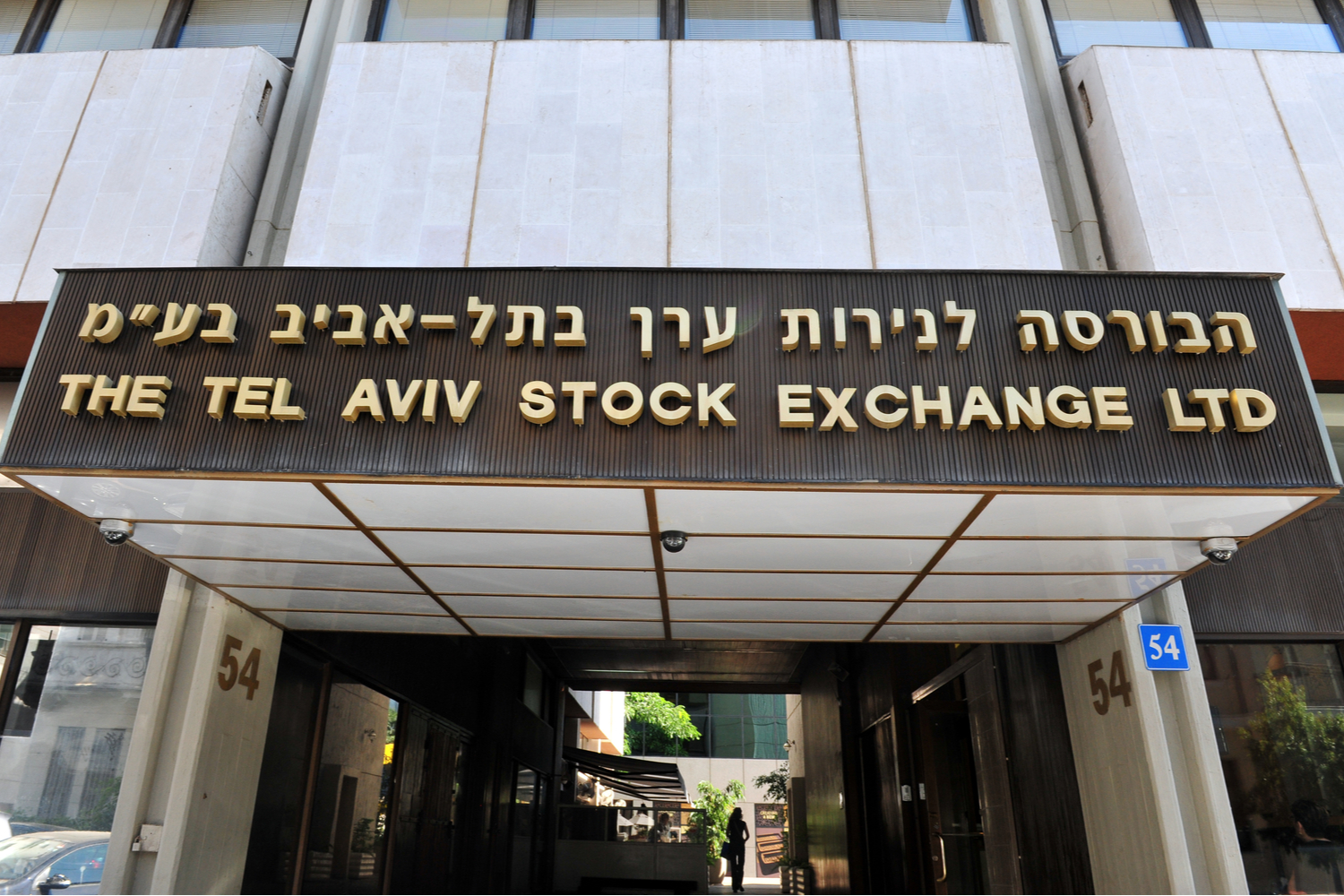Bitcoin Mining Difficulty Drops 9% to January Levels
ASIC miner image via Shutterstock
Bitcoin has just got easier to mine.
At block height 633,024, reached on 12:30 UTC Thursday, the Bitcoin blockchain adjusted its mining difficulty to 13.7 Trillion with a 9.29% drop and reached the lowest level since January this year.
According to data compiled by CoinDesk Research, today saw the eighth largest negative difficulty adjustment in Bitcoin’s history and the eighth instance of two or more consecutive negative adjustments.
The Thursday adjustment also follows a 6% drop recorded on May 20, which was the network’s first difficulty change after Bitcoin’s quadrennial halving event.
The halving – a scheduled event coded into Bitcoin’s protocol – reduced mining rewards from 12.5 bitcoin (BTC) per block to 6.25 units. The event also squeezed out operators that ran older, less efficient equipment who could no longer return a profit.
Remaining miners who have access to cheap electricity and more state-of-the-art equipment will see today’s adjustment as good news, since the drop in mining difficulty means bitcoin has become easier to mine.
But even as difficulty drops, the hashrate (or total computing power) on the network has grown over the past week as miners started switching on newly shipped machines ahead of China’s rainy season.
Bitmain and MicroBT, the two major Chinese mining equipment makers, have been dispatching their most efficient ASIC miners like the AntMiner S19 and WhatsMiner M30S since May. According to their official websites and major distributors, pre-orders for these top-of-the-line machines for July, August and September batches are mostly sold out.
Meanwhile, China’s monsoon is now bringing down hydropower electricity in the country’s southwestern region to $0.03 per kilowatt-hour (kWh). With that rate, even older mining equipment like the AntMiner S9s can still operate with profits at bitcoin’s current price and difficulty level.
The Bitcoin network changes its mining difficulty every 2,016 blocks, roughly every two weeks, in order to keep the average block production interval at every 10 minutes.
If more people have joined the mining game, resulting in a higher hashrate and an average sub-10-minute interval, the network will automatically increase the difficulty again. Conversely, if more people have unplugged from the network during any cycle, leading to a lower hashrate and longer block intervals, the network will ease the difficulty to make it easier to mine.
Data shows that the 7-day rolling average of Bitcoin’s hashrate initially dropped to 90 exahashes per second (EH/s) around May 27 – a week after the last adjustment on May 20.

At that point, it was more than 15% below the average hash rate (108 EH/s) before May 20. But over the past week, the total computing power has steadily climbed up to above the 100 EH/s level.
Indeed, the average block production time from May 20 to May 27 was over 12 minutes, longer than the intended 10-minute interval. The increased hash rate since May 27 until now has shortened the time to within 11 minutes over the period.
Disclosure
The leader in blockchain news, CoinDesk is a media outlet that strives for the highest journalistic standards and abides by a strict set of editorial policies. CoinDesk is an independent operating subsidiary of Digital Currency Group, which invests in cryptocurrencies and blockchain startups.









